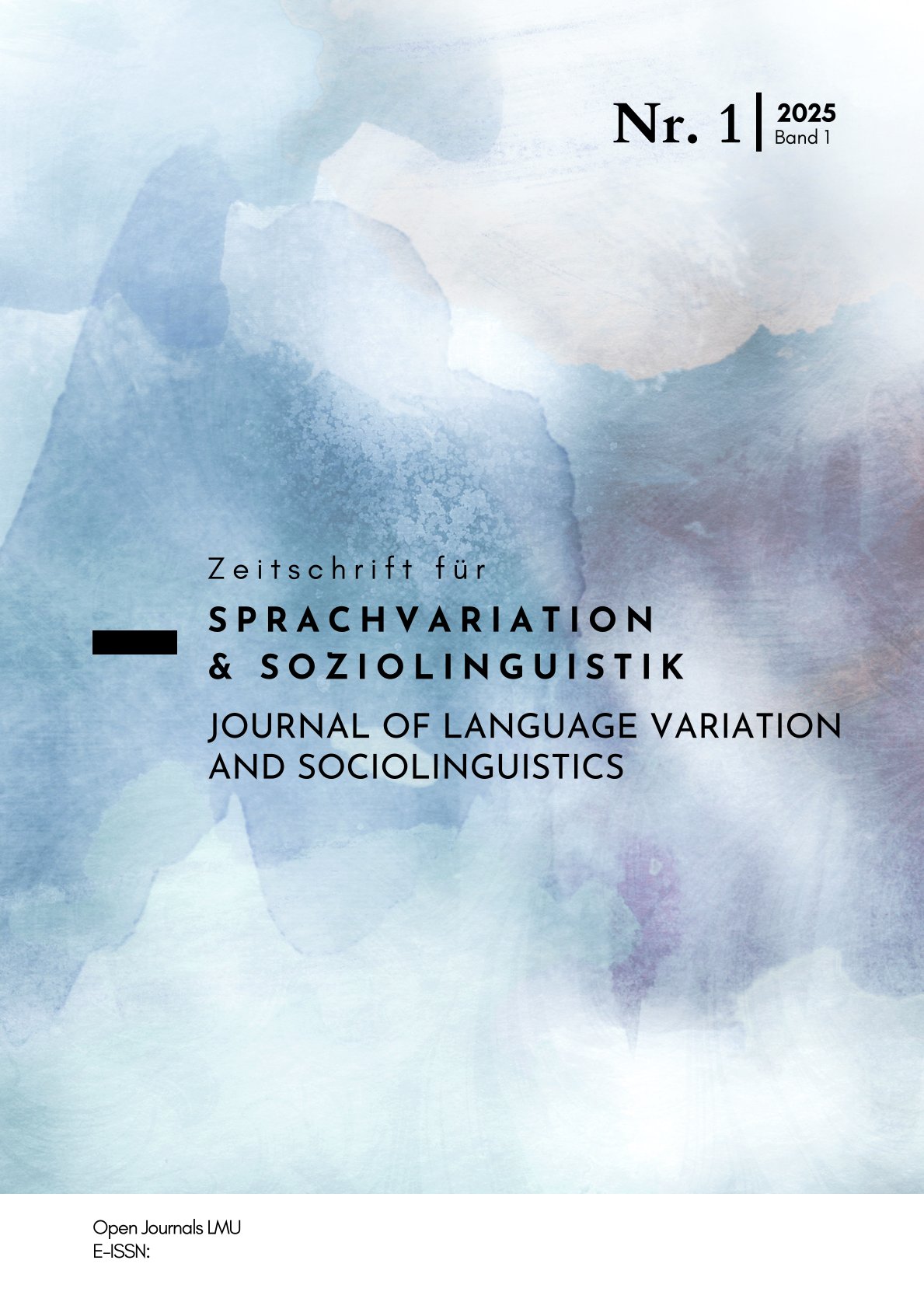Quantitativ-soziolinguistische Untersuchungen zur oberrheinischen b-Frikativierung in der zweiten Hälfte des 20. Jahrhunderts
DOI:
https://doi.org/10.5282/jlvs/8

Abstract
This study examines intervocalic b-fricativization in southwestern Germany using Friedrich Maurer’s rediscovered dialect survey from the Upper Rhine (1941/42), recently digitalized and transliterated within the Alemannisch variativ project. While traditional dialect geography focused on diatopic variation, the Maurer data enable modern variationist analyses of historical dialect material, providing new insights into language change and historical sociolinguistics. The data are analyzed for the first time and compared with the approximately 55 years older Wenker Atlas and younger regional atlases to assess fricativization in the 20th century and its development over time. Results show a significant increase in Baden between Maurer’s and Wenker’s survey, while consistently high rates in Alsace remain unchanged. It is discussed whether this reflects actual language change or rather evolving transcription practices by non-linguists. Using mixed logistic regression models, the study also examines social factors influencing fricativization. In northern Baden, an increase in apparent time suggests language change, while in other parts of Baden, the social data provide little insight, with variation better explained by perceptual challenges. In Alsace, teachers exhibit higher fricativization rates. Despite the predominance of diatopic variation and challenges of indirect data sets, these findings demonstrate the feasibility and value of sociolinguistic analyses of historical dialect data.
Keywords
real-time-Wandel, b-Frikativierung, historische Soziolinguistik
